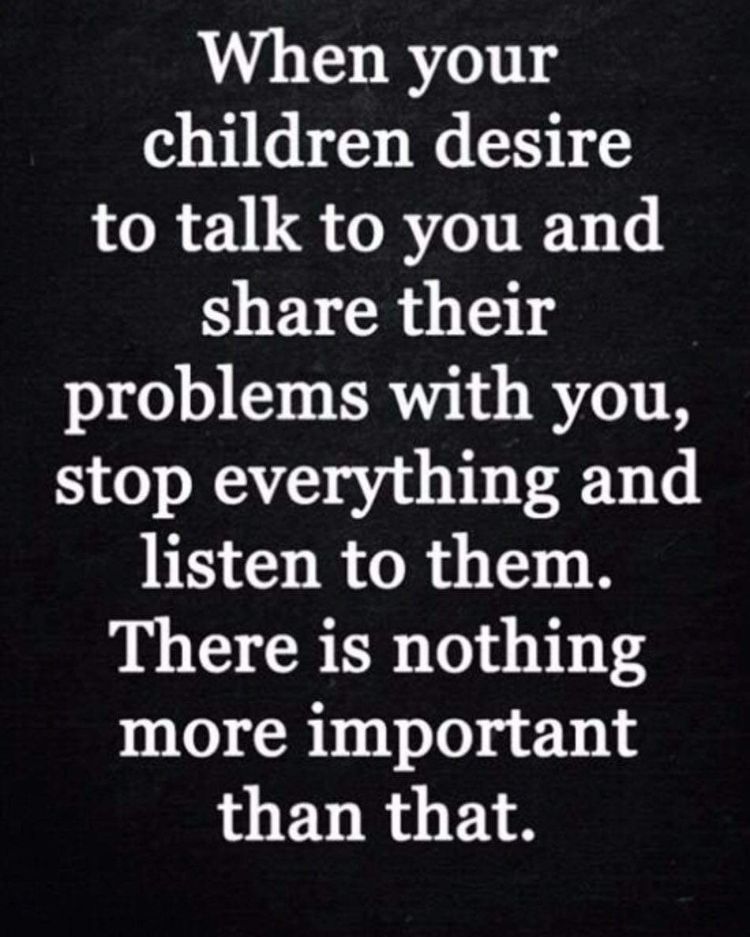Keeping Kids Rooted in Faith (Even When It's Messy)
- Layne McDonald
- Nov 16
- 5 min read
Your eight-year-old just announced they don't want to go to church anymore. Your teenager rolled their eyes when you suggested family prayer time. And your middle schooler asked why bad things happen to good people: right after their friend's parents got divorced.
Welcome to the beautiful, chaotic, and often overwhelming world of raising kids in faith.
Here's what nobody tells you in those picture-perfect parenting books: faith formation is messy. Really messy. Kids ask hard questions at inconvenient times, they push back against spiritual practices, and they watch how you handle life's curveballs more closely than you realize.
But here's the thing: messy doesn't mean hopeless. In fact, some of the strongest faith stories emerge from the messiest circumstances.
The Foundation Starts With You
Before we dive into strategies for your kids, let's talk about the elephant in the room. Your children are watching you more than they're listening to you. They see how you respond when someone cuts you off in traffic. They notice whether you actually pray before meals or just go through the motions. They observe how you handle disappointment, stress, and those moments when life doesn't go according to plan.
Your authentic faith becomes their blueprint.
This doesn't mean you have to be perfect: thank goodness! It means being real about your own journey. Kids can smell fake spirituality from a mile away, but they're drawn to authentic faith that acknowledges struggle while still trusting God.

Daily Practices That Actually Stick
Let's get practical. Here are some realistic approaches that work in real homes with real families:
Scripture Engagement (Made Simple): • Start with just five minutes at breakfast or bedtime • Use a children's Bible or Bible app with engaging illustrations • Let kids ask questions: even the hard ones • Connect Bible stories to their daily experiences • Make it interactive with drawing, acting out stories, or discussions
Prayer That Feels Natural: • Pray about everything: from lost toys to big dreams • Let kids lead prayers and use their own words • Pray together during car rides, before games, or when facing challenges • Show them prayer isn't just asking for things: it's also thanking and sharing feelings with God
Worship Beyond Sunday: • Play Christian music during daily activities • Sing together (even if you think you can't carry a tune) • Let kids choose worship songs sometimes • Create family worship nights with games, songs, and stories
When Faith Gets Messy (And It Will)
Here's where many parents panic, but this is actually where faith grows strongest. When your child faces disappointment, loss, or difficult questions, these become your greatest teaching moments.
Embrace the Hard Questions: Your ten-year-old asking "Why did God let my grandpa die?" isn't a faith crisis: it's a faith opportunity. Don't rush to give pat answers. Instead, sit with them in the question. Share your own struggles with similar questions. Show them that faith doesn't mean having all the answers; it means trusting God even when we don't understand.
Reframe Failure and Consequences: When your child makes poor choices (and they will), walk them through repentance rather than just punishment. Help them understand that God's love doesn't change based on their behavior, but choices have consequences. This teaches grace while maintaining boundaries.

Handle Doubt With Grace: Every child will go through seasons of doubt. Instead of panicking, see this as normal spiritual development. Create a safe space where they can express doubts without fear of judgment. Share how doubt can actually strengthen faith when we wrestle with it honestly.
The Power of Community
Your family can't do this alone: and you weren't meant to. Church community provides something essential that home can't: seeing faith lived out by different people in different circumstances.
Make Church Priority (But Keep It Real): • Consistent church attendance shows faith is important to your family • Get involved beyond Sunday morning: volunteer, join small groups, participate in events • Let kids see you building relationships with other believers • Don't pretend church people are perfect: acknowledge that we're all works in progress
Find Intergenerational Connections: Some of the most powerful faith influences in a child's life come from older believers who aren't their parents. Encourage relationships with godly grandparents, church members, or family friends who can speak into your child's life from a different perspective.
Service: Faith in Action
Nothing makes faith more real to kids than seeing it in action. When faith moves beyond Sunday morning into how we treat others and care for our world, it becomes tangible.
Start Small, Think Big: • Involve kids in age-appropriate service projects • Serve together as a family: food banks, nursing homes, community clean-ups • Connect service to Bible stories and teachings about loving others • Let kids choose some of the service activities based on their interests and hearts
Everyday Kindness: Service doesn't always require formal volunteering. Teaching kids to help neighbors, be kind to classmates who are different, or care for the environment are all ways faith becomes action in daily life.

Creating Faith Moments in Ordinary Days
The most powerful faith formation often happens in unplanned moments. When your child scores a goal, when they're disappointed about a canceled playdate, when they're worried about a test: these everyday experiences become opportunities to point them toward God.
Develop God-Awareness: • Thank God together for good surprises and unexpected blessings • Pray about concerns both big and small • Point out God's creation during nature walks or even in your backyard • Celebrate answered prayers: keep a family gratitude journal
The Long Game Perspective
Here's what every parent needs to hear: you're not responsible for your child's ultimate faith decisions. You're responsible for faithfully planting seeds, watering them consistently, and trusting God for the growth.
Some seasons will feel more successful than others. Your child might embrace faith enthusiastically at age seven, rebel at fourteen, and return to strong faith in college. This isn't failure: it's normal spiritual development.
Stay Consistent Without Being Controlling: • Continue modeling authentic faith regardless of your child's response • Pray for them consistently, especially during challenging seasons • Keep the door open for spiritual conversations without forcing them • Trust that seeds planted in love will eventually bear fruit
When You Feel Like You're Failing
Every parent raising kids in faith has moments of discouragement. You'll wonder if anything is getting through. You'll question whether you're doing enough, saying the right things, or setting a good example.
Remember this: God loves your children even more than you do. He's working in their hearts even when you can't see it. Your imperfect, authentic efforts matter more than perfect execution of spiritual practices.

The goal isn't to raise perfect Christian kids: it's to raise kids who know they're loved by God and equipped to love others well. Sometimes that journey is messier than we'd prefer, but that's exactly where grace does its best work.
Faith formation isn't about having all the answers or creating picture-perfect spiritual moments. It's about walking alongside your children as they discover who God is and how His love transforms ordinary lives.
The messy moments? Those aren't interruptions to faith formation: they're often where the deepest growth happens.
Ready to dive deeper into faith-based parenting and leadership? Visit laynemcdonald.com to learn more, request prayers, explore training and small groups, discover inspiring music and videos, and sign up for personalized monthly coaching that will help you navigate the beautiful mess of raising kids who love God and serve others well.

$50
Product Title
Product Details goes here with the simple product description and more information can be seen by clicking the see more button. Product Details goes here with the simple product description and more information can be seen by clicking the see more button

$50
Product Title
Product Details goes here with the simple product description and more information can be seen by clicking the see more button. Product Details goes here with the simple product description and more information can be seen by clicking the see more button.

$50
Product Title
Product Details goes here with the simple product description and more information can be seen by clicking the see more button. Product Details goes here with the simple product description and more information can be seen by clicking the see more button.




Comments